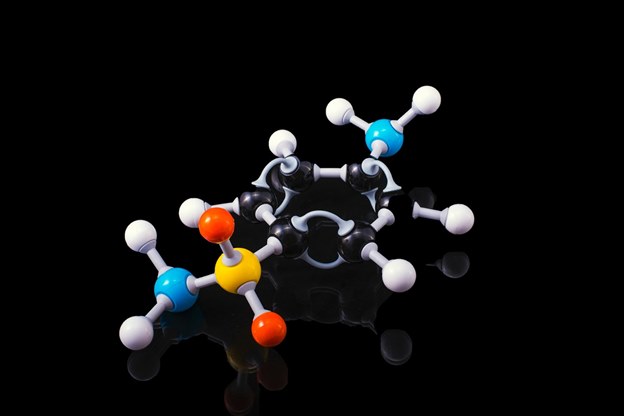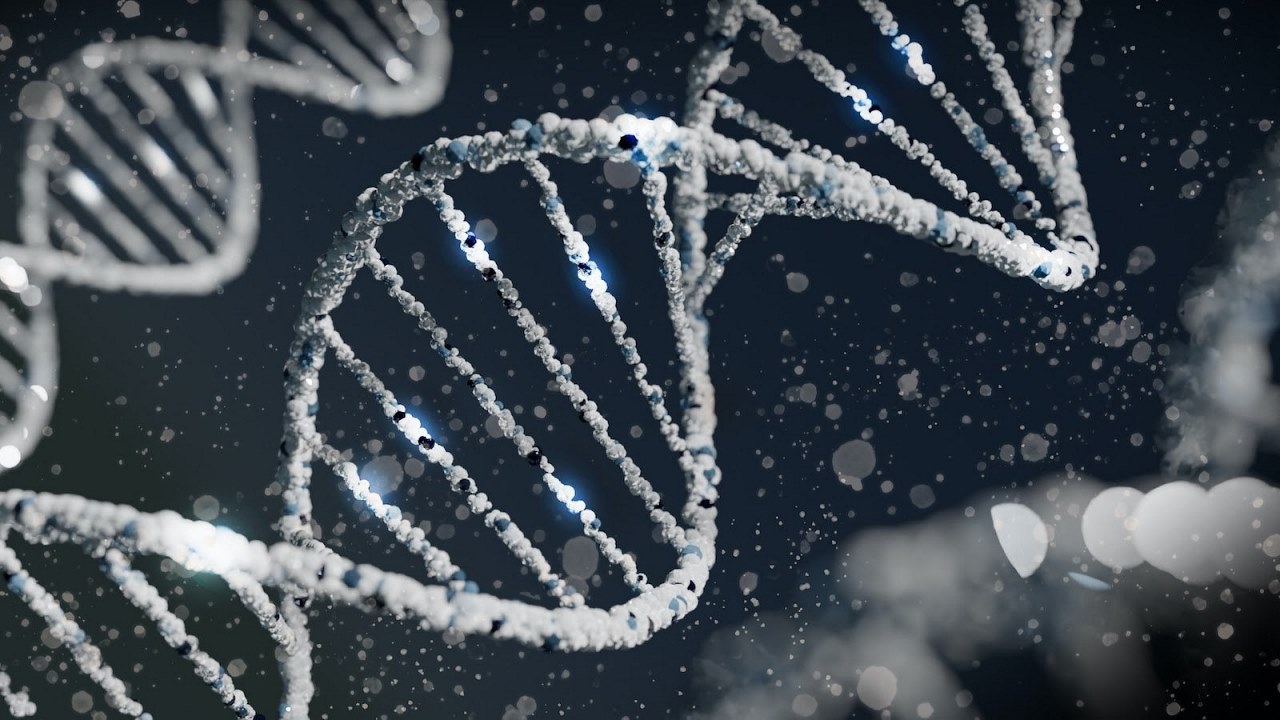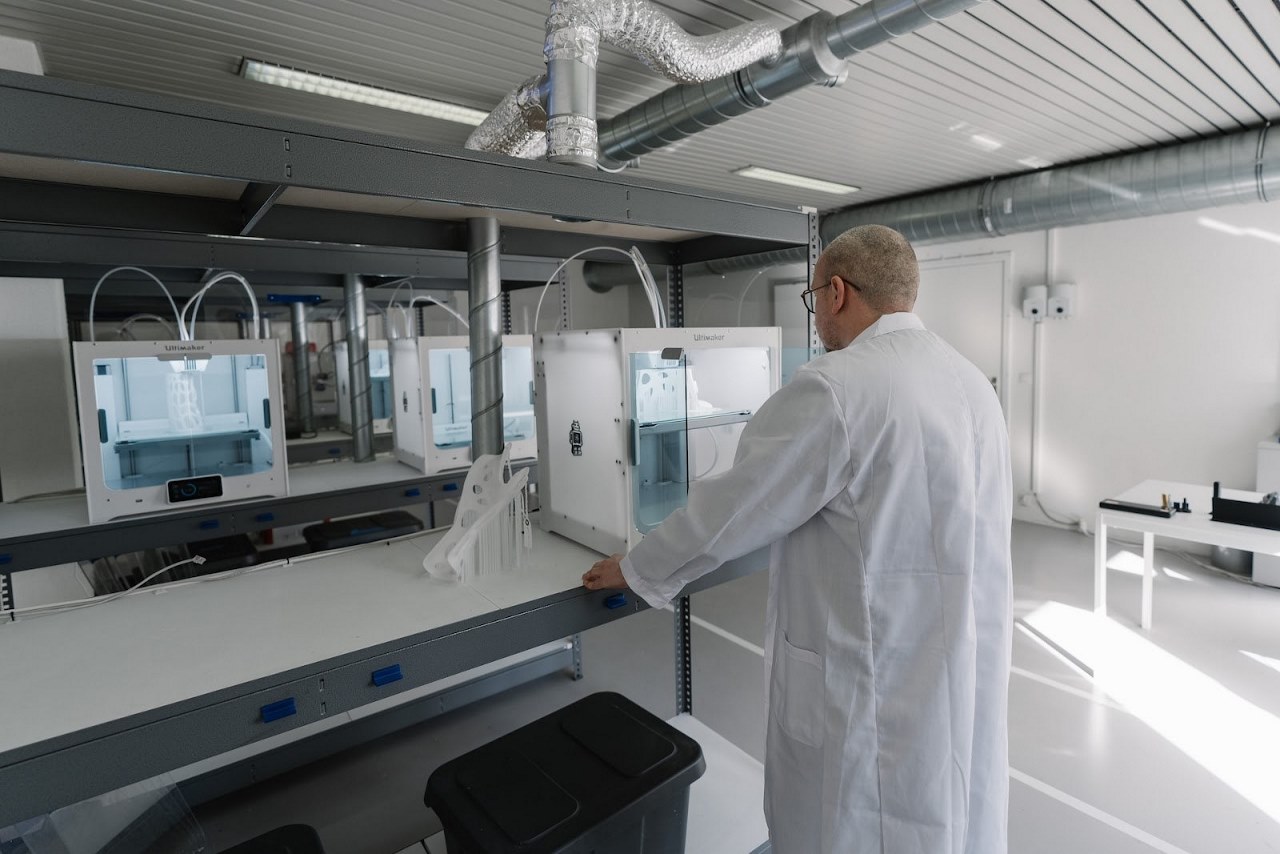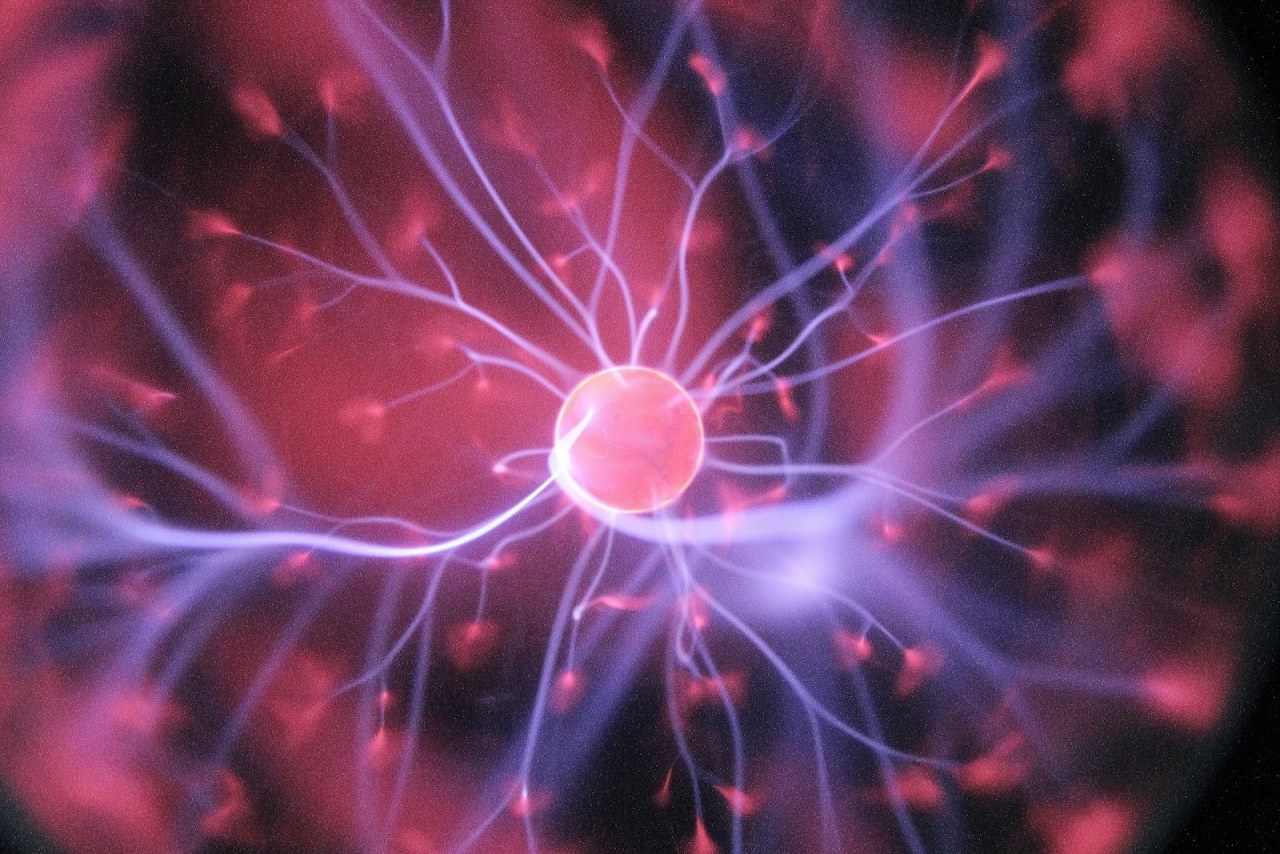Technology Advancement in Proteins Production
Jul 3rd 2023
Recombinant proteins contributed to significant advances in biomedical research. They aren't only vital in the field of biomedical study, but they also find application in the pharmaceutical industry.
In 1982, recombinant human insulin emerged as the first synthetic protein in therapeutics. Since then, the recombinant protein market has expanded quickly.
So far, the FDA has given the green light for the clinical use of over 130 recombinant proteins. On the other hand, over 170 recombinant proteins are manufactured and employed globally in the medical and research fields.
This is primarily because of the progress in synthetic biology, which made it possible to change microbial cell factories to generate several recombinant proteins for use in diverse ways and purposes.
This article delves into the specifics of these technological developments and how they impact the industrial production of recombinant proteins.
But first, a few steps backward!
What is a Recombinant Protein?

Most of the natural functions in a cell, such as gene manifestation, cell development, growth, food absorption, apoptosis, and intercellular interaction, are made possible by proteins, making them the workhorses of most biological systems.
DNA stores the instructions for synthesizing proteins, and transcriptional processes use this information as a guide to make messenger RNA (mRNA). The message written into the mRNA is subsequently transcribed into a set of amino acids, creating a protein.
In other words, all living things follow a universal two-step process for natural protein synthesis: The first is DNA transcription into RNA, and subsequently, RNA translation into protein.
Recombinant proteins are synthetic proteins generated by recombining recombinant DNA into an expression vector that allows gene expression and translation of messenger RNA. So, the use of recombinant DNA engineering to modify a gene can result in the production of a novel protein.
In other words, the recombinant therapeutic protein is a modified form of natural protein produced in various methods to boost protein production, alter gene patterns, and create relevant commercial goods.
Technique Used for Recombinant Protein Production

The process of making recombinant proteins starts at the genetic level. First, the coding pattern of the specific protein is found and copied into an expression plasmid vector.
Most recombinant proteins serving therapeutic purposes come from people, but their medium of expression is yeast, bacteria, yeast, or animal cells grown in a lab. Human genes are incredibly complicated and frequently comprise introns, which are non-coding DNA regions.
Consequently, a form of the gene lacking introns is frequently generated via the conversion of mRNA to cDNA. Since the cDNA has no governing regions, the translation vectors have patterns acting as promoters, ribosome-attaching sites, and stop signals.
Synthesis of recombinant proteins for scientific research is primarily motivated by the procedure's affordability, straightforwardness, and rapidity, in addition to sufficient product outputs. Since eukaryotic translation pathways are necessary for post-translational changes like phosphorylation and glycosylation, proteins co-expressed using bacteria are unlikely to have them.
The process of making recombinant proteins starts at the genetic level.
However, several recombinant proteins need to be changed exclusively by eukaryotic cells, like glycosylation. These post-translational alterations are available in insect cells, mammalian cells, and yeast culture systems.
Meanwhile, reports claim that effective transient transfection procedures have been established during the past decade. Scientists use cell lines derived from the HEK293 strain for temporary protein production.
Presently, the majority of recombinant proteins in mammalian cells possess the ability to yield high-quality proteins comparable to those found in nature. Furthermore, E.coli is also instrumental in making several approved recombinant proteins because its genes are well understood, and it snowballs while yielding high outputs.
Given this general overview of the protein production process, let's look at some techniques pushing the boundary of recombinant protein synthesis.
Innovative Technologies for Protein Production
1. The Robolector
There is a rising need for adaptable autonomous micro fermentation systems with cutting-edge sensing capabilities in both business and educational circles. But until now, traditional platforms haven't been able to give consistent data during high-throughput cultivations, especially when tracking biomass and fluorescent proteins.
In addition, there is a demand for micro fermentation solutions to quickly link low-cost, expendable micro bioreagents with subsequent processing and analytical tests.
This necessitated the development and evaluation of a unique autonomous micro fermentation system consisting of a BioLector and a liquid-handling robotic solution ( Robo-Lector). The BioLector offers a growing system that continuously tracks microbial development and reports protein activity in microtiter plates under predetermined settings.
2. Trials
On the Robo-Lector side, three sample procedures were programmed to explore detailed high-yield cultivation procedures, particularly recombinant protein expression. A study analyzed the host/vector system E. coli BL21(DE3) pRhotHi-2-EcFbFP, which expresses the fluorescence protein EcFbFP.
Induction tracking allowed for the concurrent and automatic execution of 96 independent induction trials (with inducer levels ranging between 0 to 1.5 mM IPTG at eight distinct induction durations).
When samples with varied growth rates were autonomously induced in a microtiter plate using the same biomass level with the "biomass-specific induction" technique, the relative standard deviation of EcFbFP formation was merely 7%.
The third technique, known as "biomass-specific replication," allowed for the creation of precultures with various growth rates that produced primary cultures having identical initial biomass levels.
This allowed for the later collection of identical growth rates.
To do this, an appropriate inoculum amount was automatically transferred from the different preculture microtiter chambers to the corresponding sections of the main culture plate. This allowed for the later collection of identical growth rates.
Combining robotic high-throughput testing with BioLector high-content data (Robo-Lector) creation opens up novel avenues for investigating biosystems of production. The platform under consideration makes use of a typical liquid-handling medium with many automation options.
Consequently, it has become possible to integrate small-scale downstream processing methods with high volume cultivations for analytical experiments. In the end, this innovative and flexible platform has the potential to speed up and expand study and production in the discipline of systems biology, in addition to modeling and bioprocess optimization.
3. The "Amidator"

Massachusetts Institute of Technology (MIT) scientists invented a technique for efficiently producing protein chains as long as 164 amino acids. This flow-based innovation could facilitate the discovery of new drugs and enable the creation of novel protein variations integrating amino acids that don't exist in cells natively.
Their portable automated flow biosynthesis apparatus can assemble numerous amino acids, the fundamental components of proteins, in hours.
Scientists can now construct artificial proteins with amino acids that don't exist in organisms, and these researchers hope their new method could speed up the production of on-demand medicines and the discovery of novel pharmaceutical products.
By replacing native amino acids with synthetic ones or by making other alterations that are impossible for proteins to synthesize themselves, researchers could create versions with improved biological activity.
These scientists published a paper in Science indicating they successfully synthesized various proteins with chain lengths of up to 164 amino acids. Among these proteins are growth factors and enzymes. They conducted in-depth functional analyses demonstrating that a subset of these synthetic proteins is functionally equivalent to their natural analogs.
Accelerated Production
Most naturally occurring proteins within the human species have lengths of up to 400 amino acids. The corresponding genes must be delivered to cells that function as organic factories to synthesize substantial amounts of these proteins.
Bruce Merrifield, who received the Nobel Prize in chemistry for his discoveries on solid-phase peptide synthesis, introduced a different method for protein manufacturing back in the 1960s: chemically stringing amino acids to each other sequentially.
It takes approximately 60 minutes to execute the chemical processes required to bind one amino acid to a peptide chain when employing the procedures pioneered by Merrifield. But living cells use 20 separate amino acids when producing proteins.
The team at Pentelute has developed a faster approach for carrying out these processes using a technique called flow chemistry. They use motorized pumps and valves to blend the chemicals in their device, and at each stage of the total synthesis, the chemicals flow across a heated reactor containing a resin bed.
But living cells use 20 separate amino acids when producing proteins.
This improved method allows for the assembly of peptide lengths of as much as 25 amino acids in under an hour, with individual peptide bonds formed in an average of 2.5 minutes.
The scientists tried numerous iterations of their coupling reactions unique to amino acids to improve their efficacy and determine the best formula for each response. The researchers in this scenario put together an overall procedure with a success rate better than 99 percent on average for every reaction, which is crucial for joining several amino acids to build extended protein chains.
Using this method, they successfully synthesized Sortase A, a bacterial protein with 164 amino acids. They also created a few additional proteins, notably the insulin precursor proinsulin (consisting of 86 amino acids) and the enzyme lysozyme (containing 129 amino acids).
The whole synthesis procedure will take additional time due to the need to first purify the synthesized proteins, which comprises about 1 to 5% of the total yield obtained in milligrams. The team is now focusing on refining the technology even further to make it effectively assemble protein chains as long as 300 amino acids.
Eliminating Flagella Regulator in E. Coli to Boost Protein Production
The synthesis of proteins needs a large percentage of the cellular energy. Removing the flagella from Escherichia coli would assist the organism in boosting its protein output while lowering its overall energy demand. This research found that suppressing the activity of genes involved in flagellum assembly may be possible by eliminating the gene that produces a subunit of FlhC.
A significant decrease in growth became noticeable after the deletion of FlhC in the ptsG-deleted strain, accompanied by elevated amounts of ATP and a better NADPH/NADP+ ratio. With a 13C-denoted carbon substrate, a metabolic flux study revealed that the flhC- and ptsG-deleted strains had more flux towards the tricarboxylic acid and pentose phosphate cycle mechanisms.
When a plasmid having many copies was introduced into this strain, or when the recombinant protein was overexpressed, the growth rate was reestablished minus an accompanying increase in glucose intake.
These findings point to recombinant protein creation as the solution to the metabolic load induced by flhC deletion. For the mutant flight sample, the amount of recombinant amplified green fluorescent protein produced rose 1.81 times relative to the amount of glucose consumed.
Therefore, the investigation shows limited flagella development was possible while making the recombinant protein in high quantities.
Freeze-Thaw Method and Modern Solubilization

Scientists turned to synthetic biology techniques to intelligently build a genetic switch in E. coli. The manifestation of bioconversion enzymes was controlled by Lo et al. using a genetic regulator with two layers.
Moreover, the levels of control were dependent on the abundance of essential ingredients and other nutrients. Because of this, E. coli initiated the bioconversion process, which produced a precursor intermediate known as -ketoadipic acid without chemical triggers. This allowed the synthesis of two commercially important compounds, adipic acid, and levulinic acid.
This method might have intriguing and viable uses in recombinant protein production services. Overexpression of these proteins in E. coli, as is well-documented, frequently results in the creation of protein clusters or inclusion bodies (IBs).
Consequently, researchers looked at the effectiveness of a modern solubilization technique that relied on freeze–thaw cycles. This made the extraction of L-asparaginase and human growth hormone (hGH) possible from the IBs in their biologically active forms.
Overall, the hGH aggregates could be solubilized, and the tetrameric L-asparaginase protein could be destabilized using the freeze-thaw technique. The biological activity of the pure hGH was seen in the accelerated growth of rat lymphoma cells.
As understood from the findings, it is not uncommon for the inherently balanced and intricate structure of cellular metabolism to be thrown off by the excessive creation of foreign proteins in bacteria serving as hosts.
These emerging approaches emphasize the importance of effectively implementing the four fundamental concepts of synthetic biology: designing, construction, testing, and learning. As a result, recombinant protein production steps and technologies will continue to see a wide range of everyday applications like Elisa kits, resulting in improved protein expression services.
Conclusion
Protein production technology has a long and illustrious history, giving it both a fascinating past and an exciting prospect for the future. The global market for recombinant proteins is expected to expand at a CAGR of 9.8 to 12.2 percent over the next several years.
However, It's an endurance race for those wondering where custom protein synthesis and gene synthesis technology will go next, with innovative technologies and antibody sequencing companies driving the charge into fascinating territories.

